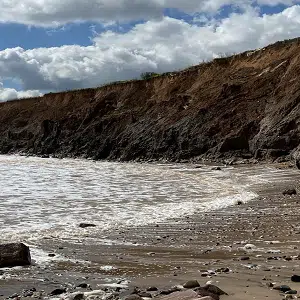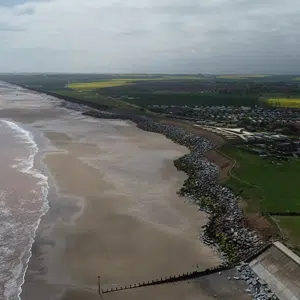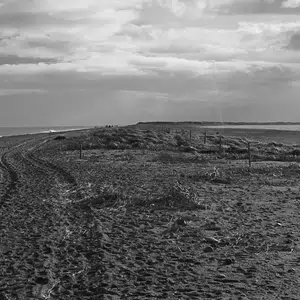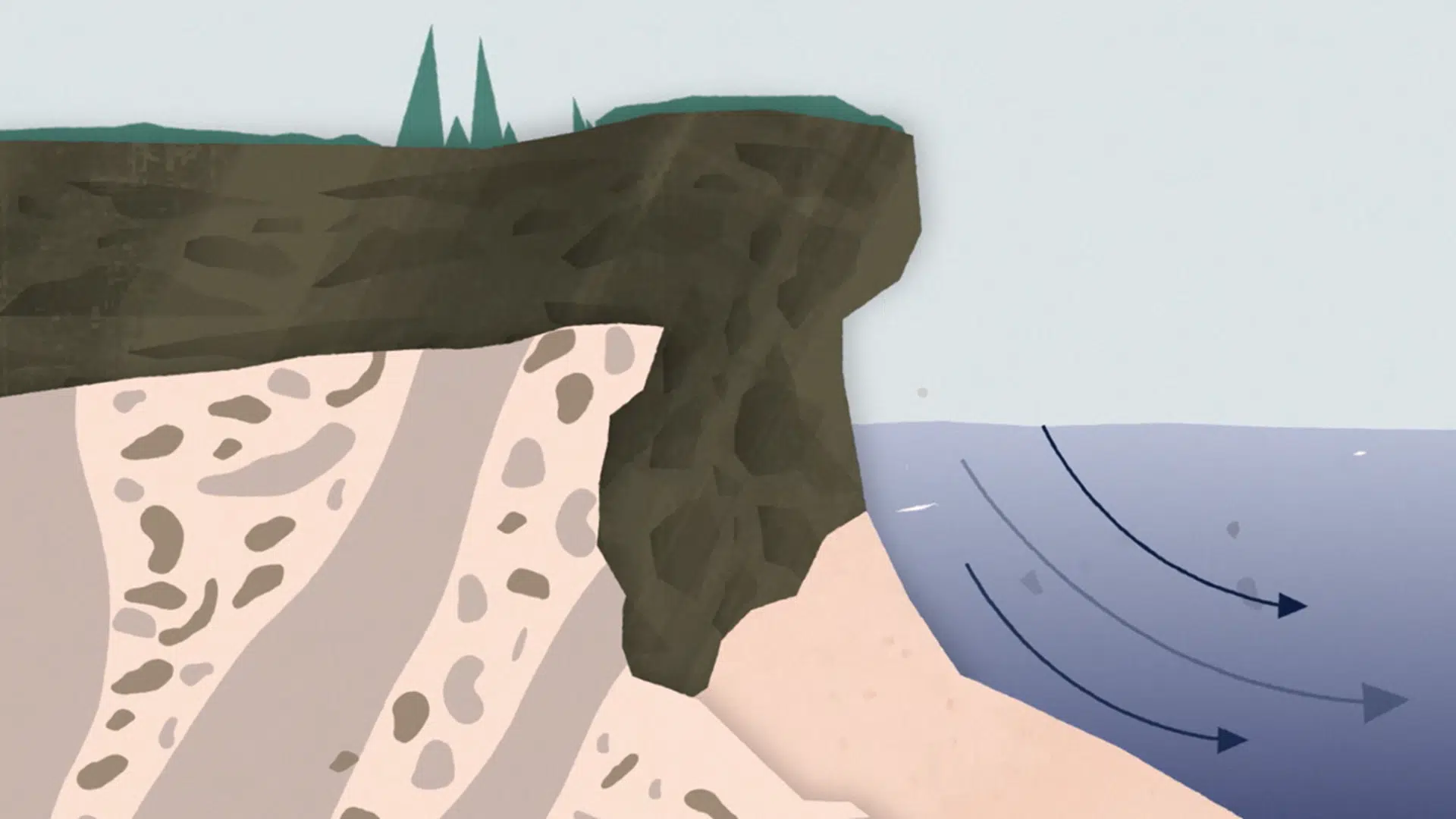More than just a sandy beach…
Curious to know more? You can find extra information and links below the animation screen.
If you would like to use or show this animations in your own settings, please get in touch [email protected]
Why are these sediments so important?
The sweeping sandy shores of the Holderness coast were formed thousands of years ago, as the glaciers retreated northwards at the end of the last ice age. A huge expanse of soft clay material was left behind, creating the dynamic and mobile cliffs we see all along this stretch of coastline today. Throughout history, this low-lying land has been occupied by humans, with many towns and villages reclaimed by the sea. One of the most well-known is Ravenser Odd, which grew from a port town at the mouth of the Humber Estuary to a thriving and prosperous settlement. Multiple storms and repeated flooding are thought to have led to the town being deserted in the 14th Century.
The continuous flow of sediment into coastal waters through natural erosion is an important part of our wider ecosystem. Without this sediment, the Yorkshire and Lincolnshire coastlines would look very different. Whilst work is ongoing to uncover the past of the communities that once lived here, research is also taking place to understand more about this vital material, how it is transported, where it ends up, and how climate change might impact these processes.
Coastal ChangeWant to know more?







